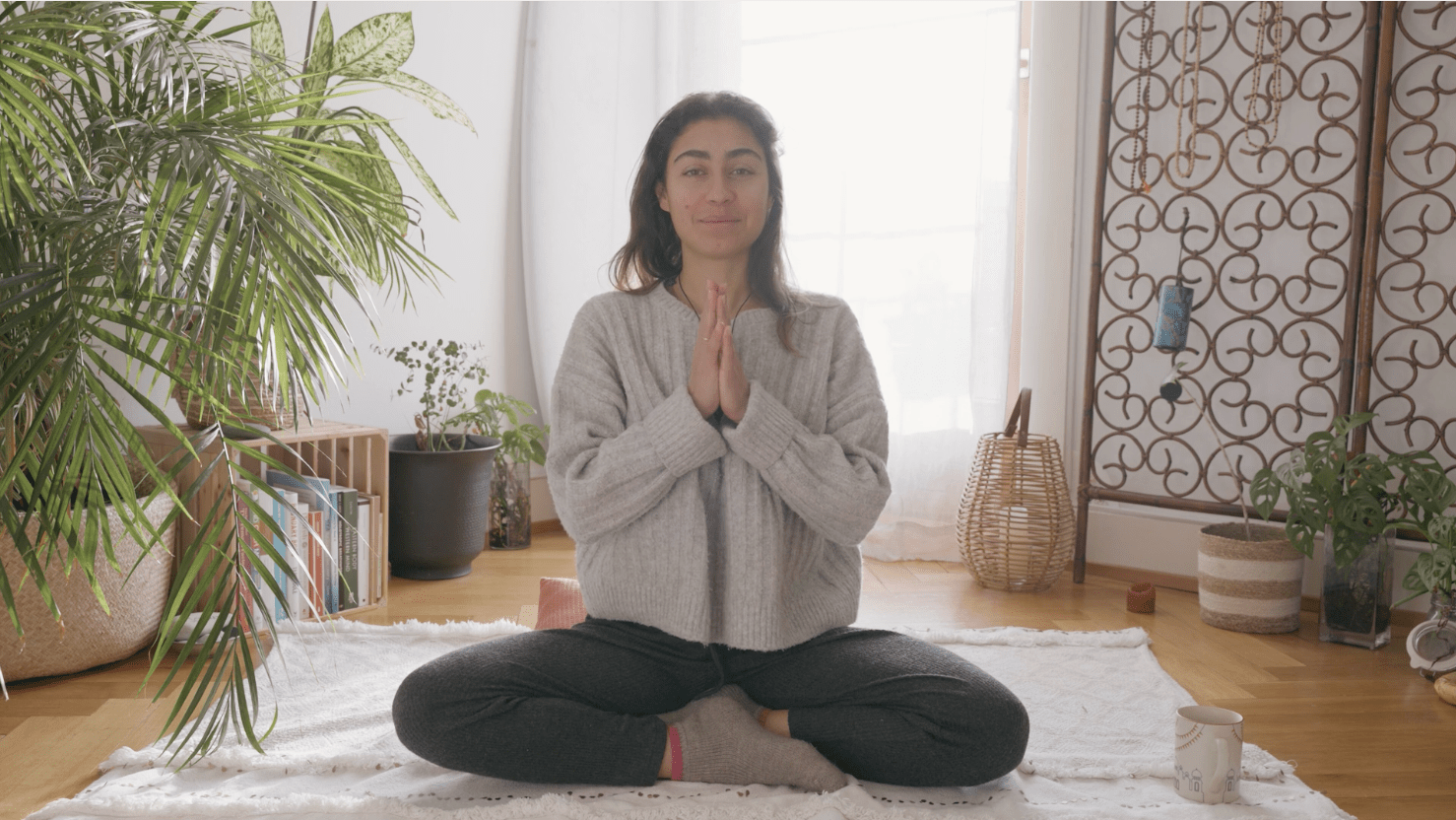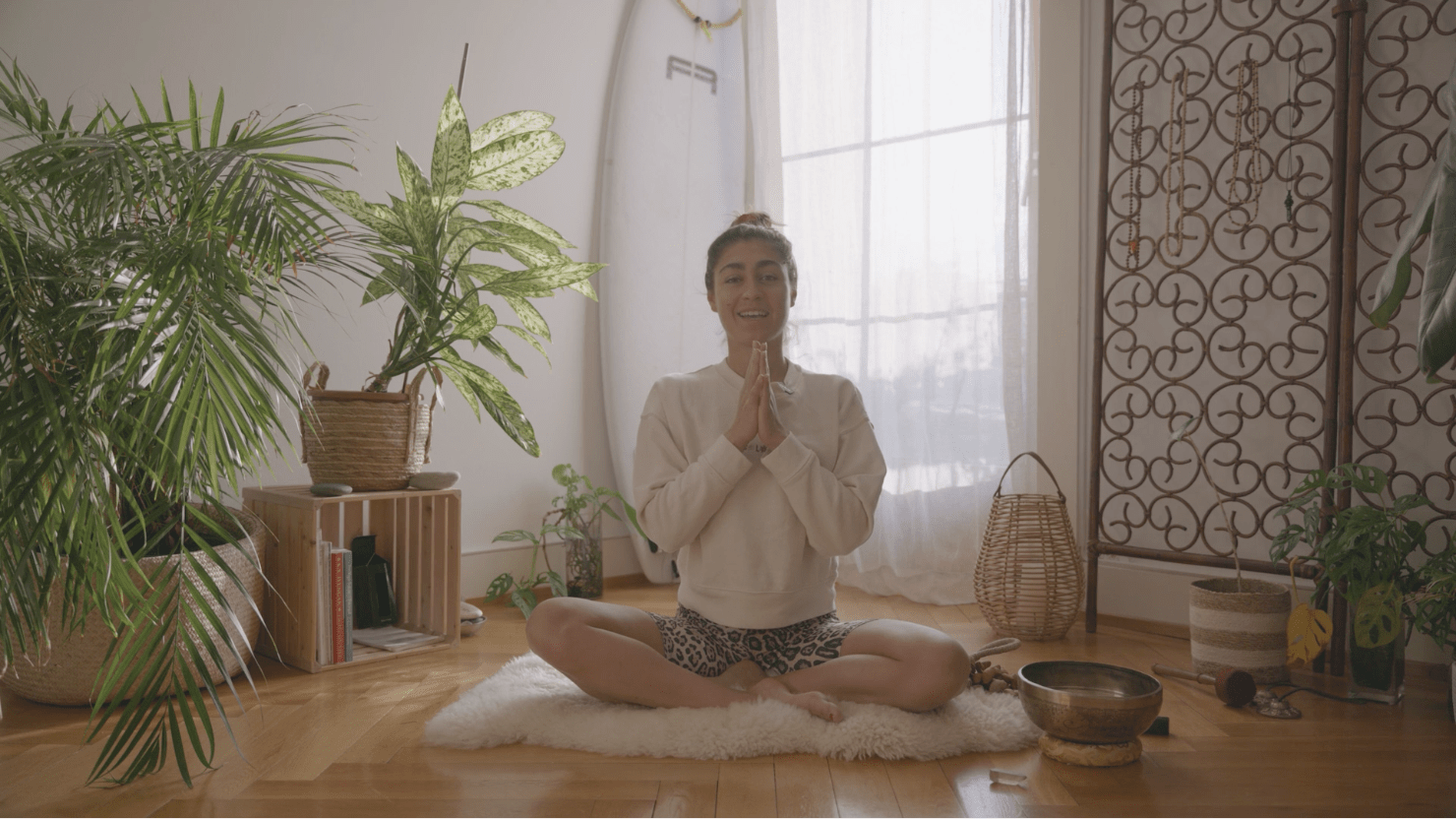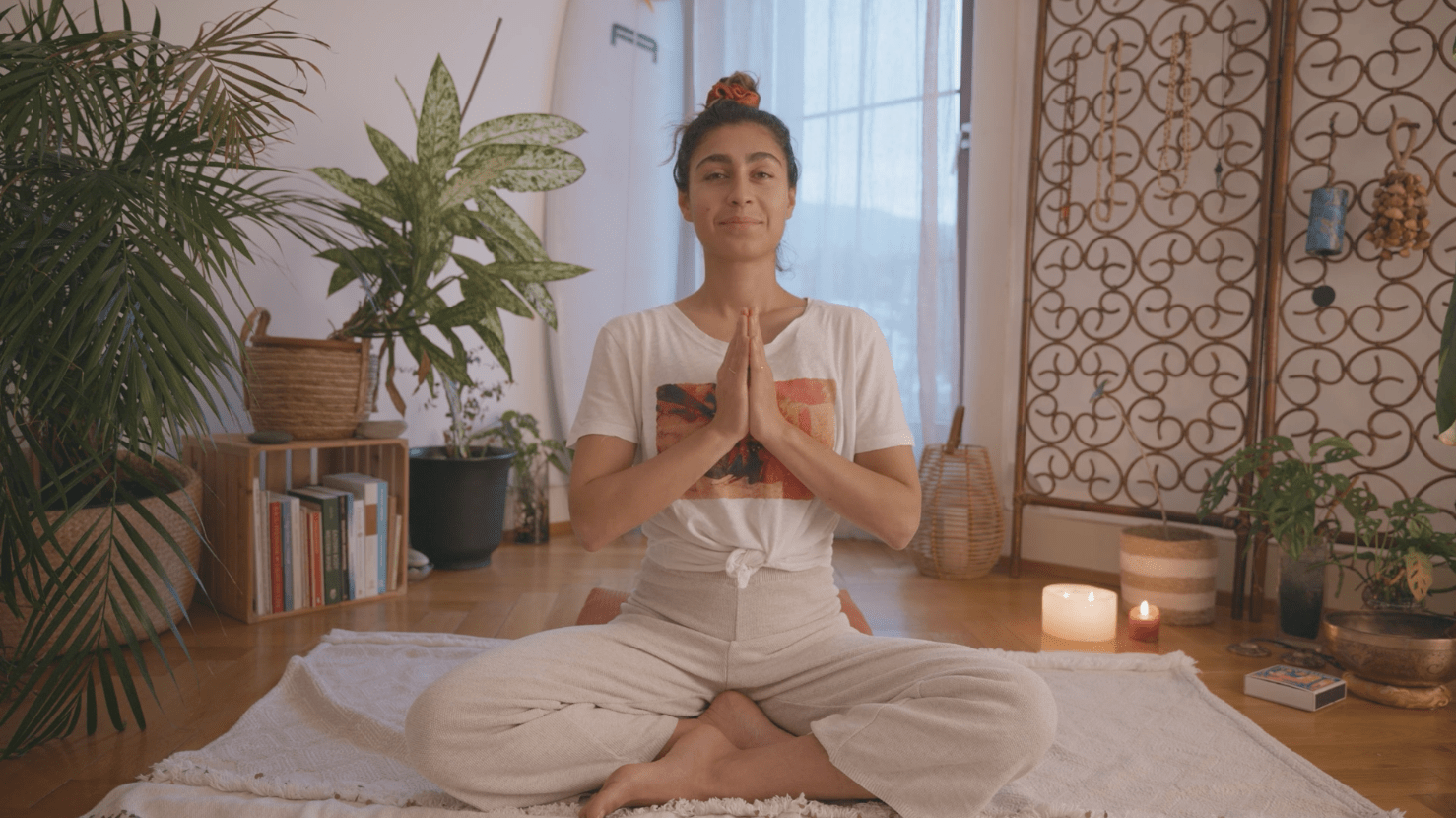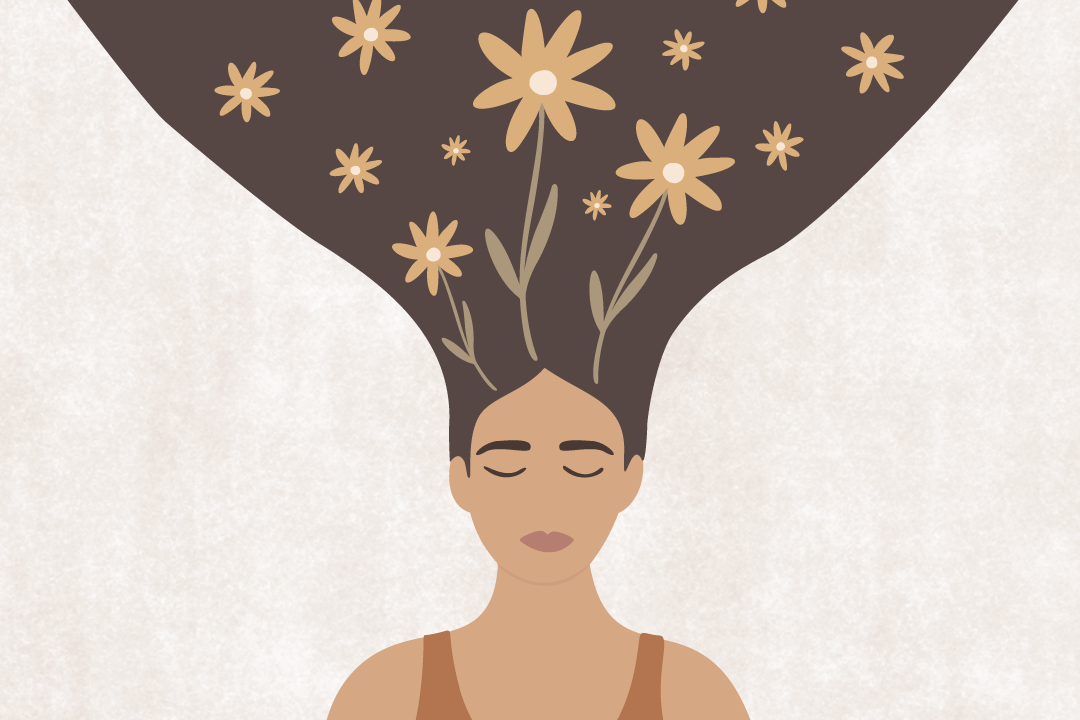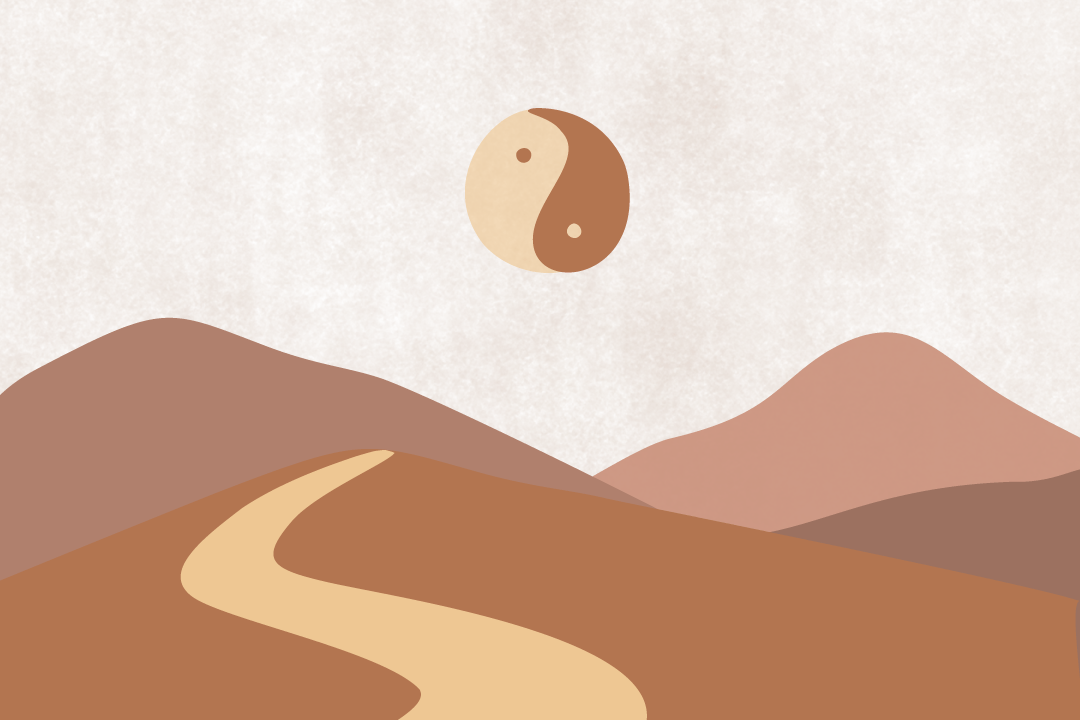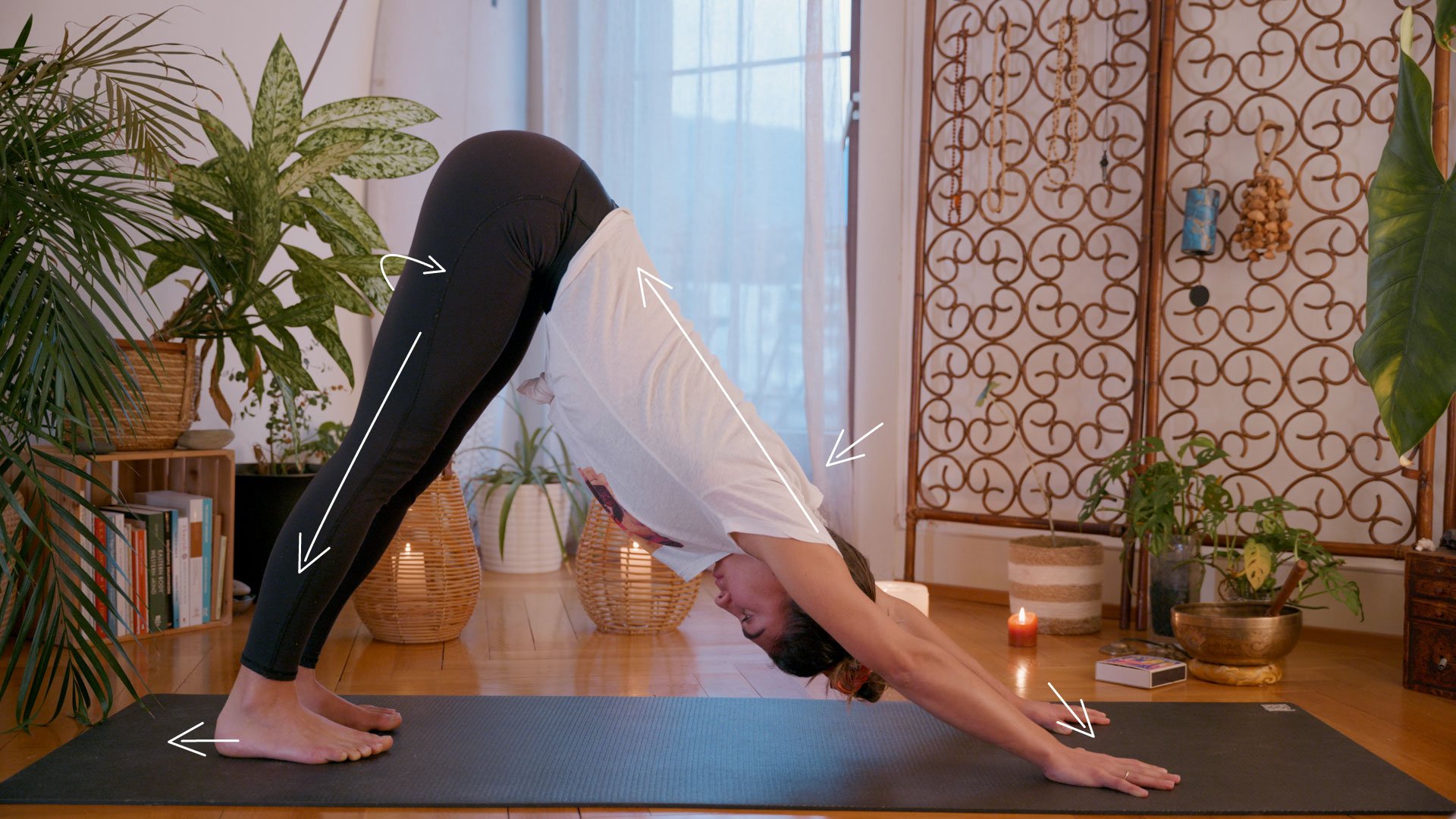Sunrise meditation 3
Create a moment outside the order of time and space. Find yourself suspended between the before and after. An in between filled with calmness, slowness and peace.
English
French
Sunrise meditation 2
No matter what the weather, the brightest sunshine is always the one within you. Take a moment to let your inner sun shine with the second sunrise meditation.
English
French
Sunrise meditation 1
In January I invite you to start your day with some meditation to start your day. This first meditation is a reminder of your powerful agency. It is your day. You choose.
English
French
New Year’s resolutions, Motivation and Habits
The start of a New Year brings along a powerful and magical energy of renewal and resolutions. Endless possibilities and wild dreams start filling our mind and heart. We have the motivation to establish new habits. It is our year and it’s going to be great!
But then creeps the feeling of guilt (and even shame) for not having accomplished all the goals we had set the previous years. And with it comes the beliefs that we will surely break our promises once again because history has proven us that we’re not reliable when it comes to New Year’s resolutions. What’s more, to make this realization slightly less painful, we also trick ourselves into believing that anyway it was another silly goal of ours and it wasn’t that important.
So here we are, trapped between the dreamy possibilities that brings the New Year and our limiting beliefs. We’re believing only halfheartedly in our ability to actualize these goals, all the while lying to ourselves about their unimportance. We’re not fully in, we’re not fully out. And we’re ready to half-ass these goals and dreams and break our promises once again. We’re forever repeating and reinforcing the same story.
But how do we break this cycle?
What goals and dreams do I choose?
- First, we need to pick our goals wisely, because if you don’t genuinely want to do them, it is not going to work. This means asking ourselves why we really want to do this. Your goals should make your whole being excited and eager to start because it’s a step closer to your dream life. It should feel like the sunrise bringing the promise of a wonderful day…
Here are some questions to ask yourself and answer honestly:

2. Let’s make it SMART
Make it Specific
Make it Measurable. How will you know you have achieved it?
Is it Achievable? Break it down into the smallest and easiest steps to achieve.
It should be Relevant to your reality. Is it really something you need/want to do to get you where you want to be? (We’ve done this just above, so you should be good)
Give it a Timeframe. How long do you give yourself? And why? How relevant is it? If you didn’t make it happen by that time, don’t give up. Rethink and adjust your timeframe.
Smart goals are more likely to be achieved.
Let’s get motivated!!!
One big mistake is to rely on the excitement of the New Year, the new goals and our intrinsic motivation. The latter is only present when we find an activity pleasurable, challenging or entertaining in itself. The goals we have set may fall into this category the first few days because it’s a new challenge. But they often quickly lose their challenging nature, stealing our intrinsic motivation. As a result, we need to rely on two extrinsic types of motivation (identification and integration) and their internalization processes.
- Make sure you integrate your goal as a part of your dream self. This will give the goal a profound meaning and more value for you. This is where a visualisation exercise followed by the creation of a nice mood board can be useful! Try the January Growth but instead of visualising a day in your dream life, visualise how a random day would look and feel like once you have achieved your goal.
- Keep reminding yourself of the reasons for working on this goal! Now that your mood bord is done, look at it!
- Don’t stay alone! Foster a feeling of belonging and connectedness by joining a nice community/ club that does want you want to achieve, surround yourself with people who already do what you want to achieve, follow inspiring online accounts, …
- Celebrate your wins and keep track of your success. You can use the “don’t break the chain” idea, write your wins down in a cute notebook (make sure it’s visible and not hidden in a drawer), surround yourself with people who support you in this, … This will bring you a feeling of competence, which will boost the internalization process.
- Make sure you have some autonomy! Organize it how you want, modify it to your preferences, ….
Remember:
Using punishment or reward (external regulation) and involving our self-esteem (e.g. self-criticism, pressure to perform, validation, …) (introjection) as a motivation isn’t long lasting because our motivation becomes too externally driven and once those are gone, we’re very likely to stop working on our goal.
Let’s create a habit!
Habits can be great. But sometimes they’re not. When done wisely, self-discipline and routine can contribute to subjective wellbeing enhancement. When done not so wisely, they can hinder the happiness-boosting benefits of an activity (hedonic adaptation). What we want is to habitually initiate an activity rather than habitually performing the same action the exact same way every time. It also makes you lose the intention behind it, it can become empty like the “thank you” that we throw in the air without actually meaning it… it’s just out of habit.
- Combine the new habit to something you already do without effort and that you enjoy. This will help initiate the activity (which is the hardest).
Example: You want to read more and you love drinking tea and candles. What do you do? You make yourself a cup of tea, light your candles and you grab your book. - Plan. Make time for this new goal. Write it down. Set alarms and reminders.
- Make sure you bring some novelty to avoid feeling bored and stuck in a rut. This can be small things for instance the time of the day, the people with whom you do it, the music you use, its content, … Get creative.
After some time, you will probably experience less and less psychological resistance to starting your new activity. At some point you’ll probably feel the benefits of having implemented this new goal in your life and you will start actually enjoying it for what it is. And maybe one day intrinsic motivation alone will make you do it…
Lyubomirsky, S., Sheldon, K. M., & Schkade, D. (2005). Pursuing happiness: The architecture of sustainable change. Review of General Psychology, 9(2), 111–131.
Deci, E. L., & Ryan, R. M. (2008). Self-determination theory: A macro theory of human motivation, development and health. Canadian Psychology, 49(3), 173-178.
January growth
Our most vivid memories arise from events that have sparked strong sensations and emotions in our being. These memories live within us for a lifetime, just like The Proust’s madeleine.
We can also use vivid mental images to materialise our dream life. Those are memories from the future. We can create memories from the future thanks to visualisation, also called mental imagery.
How does it work?
Visualisation is a powerful tool if done properly. You have to train to get better at it before it can really work. When disruptive thoughts and emotions come, you have to start over and over again until the images and feelings are exactly what you want in a perfect world. Generate mental images that are more and more precise, welcome more intense sensations (the smells, the sounds, the tastes, the physical sensations) and invite deeper emotions because visualisation works in the exact same way as our memory; the more vivid the images and the stronger the sensations and emotions, the deeper and longer the impact.
The science behind it!
Once you’ve mastered vivid visualisation, you become more optimistic as the future positive event becomes more and more realistic in your mind. It is possible. You can do it.
In addition, visualising a positive future outcome also increases motivation. You can hang on to your very clear vision when all you feel like is giving up. You’re also ready to increase your efforts and put in the work. And lastly, you start aligning your actions to your vision, engaging in more behaviours directed at achieving it.
A sprinkle of gratefulness!
Another layer that I love adding is to welcome a deep sense of gratitude while visualising my dream life. I am grateful for this vision, for this future, for the possibilities, for the deep bliss and peace I’m feeling. My whole body is filled with gratefulness as I am already tasting this potential reality. I feel as grateful as if I were living this dream life for real. This helps me apprehend this idealistic future with positive emotions rather than frustration for not having it yet. This reality is already integrated in me. It is already mine. I am ready for it. I am prepared. I know it’s coming. It is just a matter of time.
Let’s grow together !
Close your eyes, visualise your dream life and create powerful memories from the future.
Imagine, visualise and feel your dream life. Make sure the visualisation includes all the key elements that make you know you've achieved your goals and that you're living your dream life. Can you visualise an entire normal day in your dream life? Where are you? How's your home? With whom? What are you doing from morning to evening? What job do you have? Visualise yourself working. What are you wearing? What are you eating? What can you smell, hear, feel, taste? Which emotions are arising?
Example: I will know that I'm living my dream life when I live in a house in the tropical forest overlooking the ocean. I work as a freelance wellbeing specialist, I have a family and I spend most of my time outside in nature. While visualising a normal day in my dream life from morning to evening, I have to include the 4 goals above!
Once you’ve succeeded at creating vivid mental images (this takes practice, don’t give up!), you can bathe in this bliss and create a vison board. Just like the taste of the madeleine brings back all the memories to Proust, your vision board should bring back all the feelings and images of your memories from the future (what you’ve visualised). Choose pictures and words that instantly bring back all the feelings. Be as creative as you want!
Take the time to stop and stare at your vison board. Feel all the feels. Feel the possibility of it becoming true. Feel the gratefulness. It is your life.
Simon E. Blackwell, Nathaly Rius-Ottenheim, Yvonne W.M. Schulte-van Maaren, Ingrid V.E. Carlier, Victor D. Middelkoop, Frans G. Zitman, Philip Spinhoven, Emily A. Holmes, Erik J. Giltay, Optimism and mental imagery: A possible cognitive marker to promote well-being?.
Psychiatry Research, 206(1), 2013, 56-61.
Taylor, S.E., Pham, L.B., Rivkin, I.D., Armor, D.A., 1998. Harnessing the imagination.
Mental simulation, self-regulation, and coping. Am. Psychol. 53 (4), 429–439.
Yoga Asanas : Adho Mukha Svanasana (Downward-Facing Dog)

Press the tip of your fingers and your upper palm firmly into the ground. This helps you avoid collapsing on your wrists.
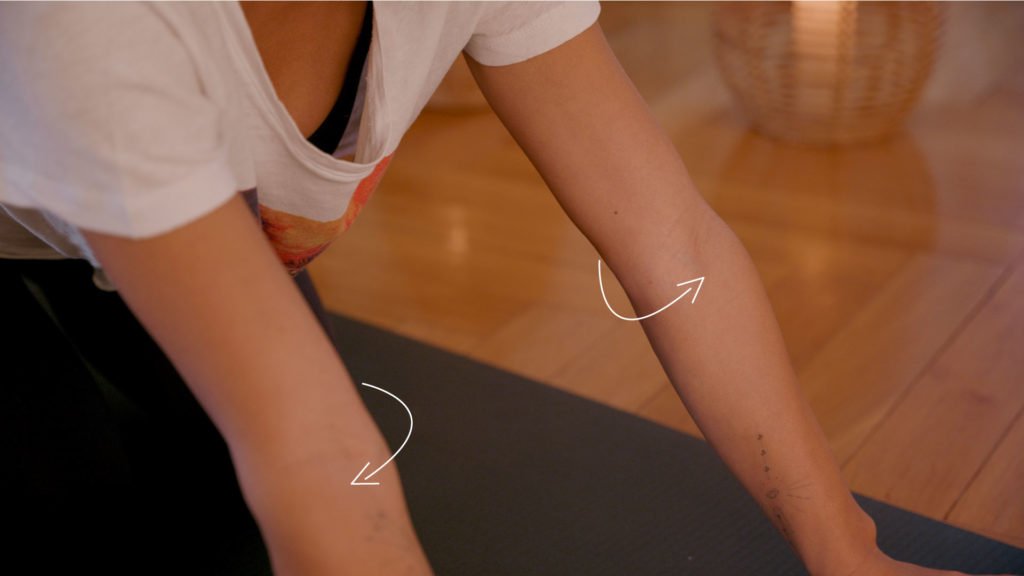
Rotate your arms so that your inner elbows look forward.
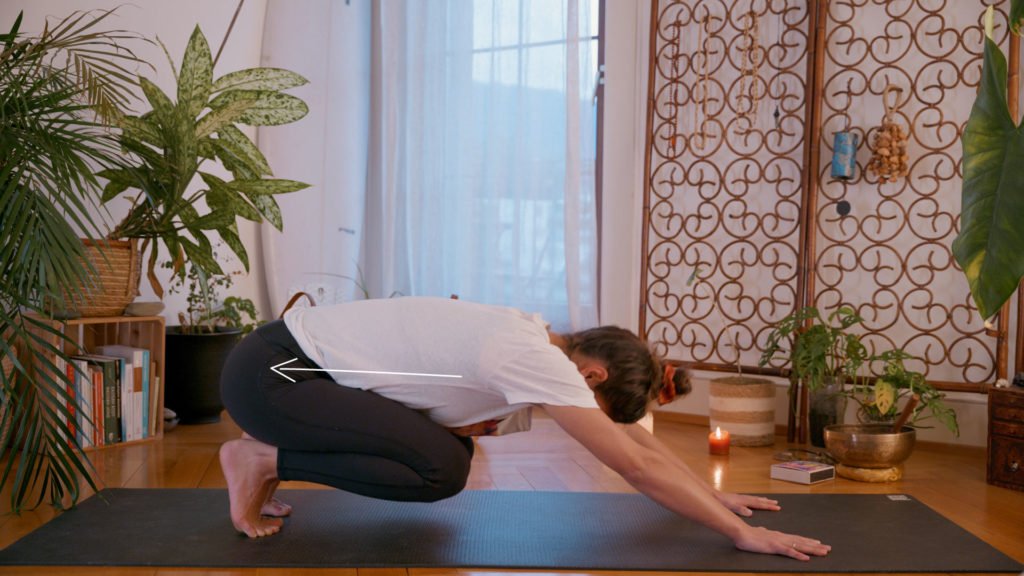
Push your hips back so that your knees lift off the mat and your bum touch your heels. Imagine you’re squeezing a hazelnut between your upper legs and lower belly, just where the front part of your hips are.

Bring your head between your arms (look towards your knees). Lengthen your shoulders. Imagine you want to pull your arms and upper-back away from each other. Shoulders are tying to touch your ears. Then rotate your shoulders to make space between your ears and shoulders. Imagine your armpits looking towards your nose. Feel the shoulder blades moving away from each other.

By now you might have forgotten about the elbow (and shoulder) rotation! Think about it again!

Lift your hips up while continuing to push them back. Here we’re trying to find length in the upper body. Imagine your elbows moving away from your wrists, your shoulders moving away from your elbows, each vertebra moving away from the previous one, until your tailbone is as far from your hand as possible. A beautiful diagonale. Keep squeezing that hazelnut, don’t let it fall! Those legs don’t need to straight and those heels don’t need to touch the floor.

Straighten one leg. Bend it again. To the same with the other leg. Repeat as many time as needed to lengthen the back of your legs. Every time you straighten a leg, imagine your heel trying to not only touch the mat, but touch the floor behind your mat, as far away as possible.

Another way to lengthen the back of your legs is to lift your heals and come to the tip of your toes and back down again. Again imagine your heels wanting to get down and out of your mat.
Try not to move your upper body. Shoulders stay at the same place (not over the wrists!)

Now that the back muscles have lengthen a bit more, find your dog. Imagine your knees slightly looking at each other. Don’t move your feet. This should rotate your hips to squeeze the hazelnut even harder and make your tailbone look higher.
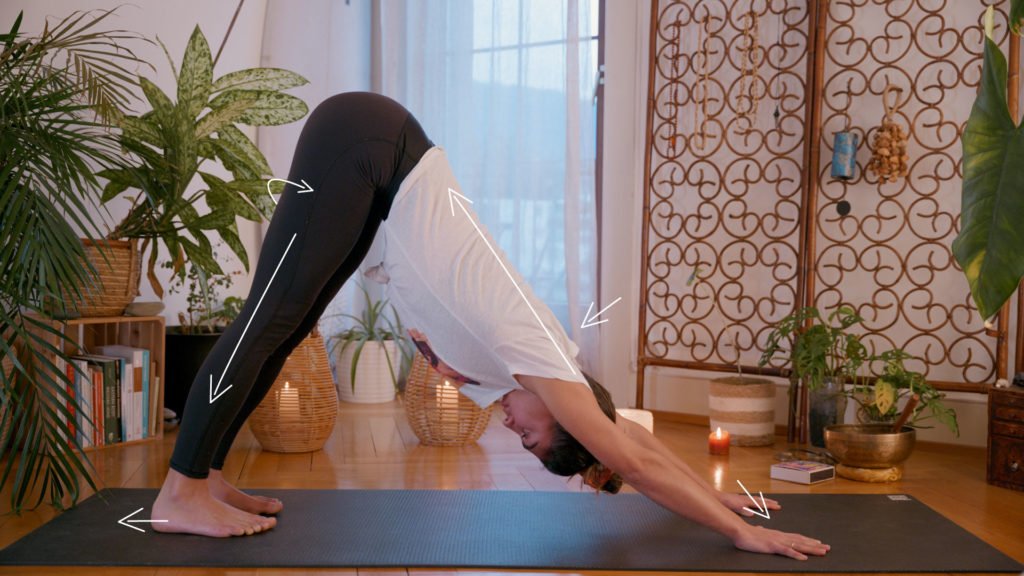
Think about everything again. Finding length, the elbows and shoulders, head, hips, knees and heels .

